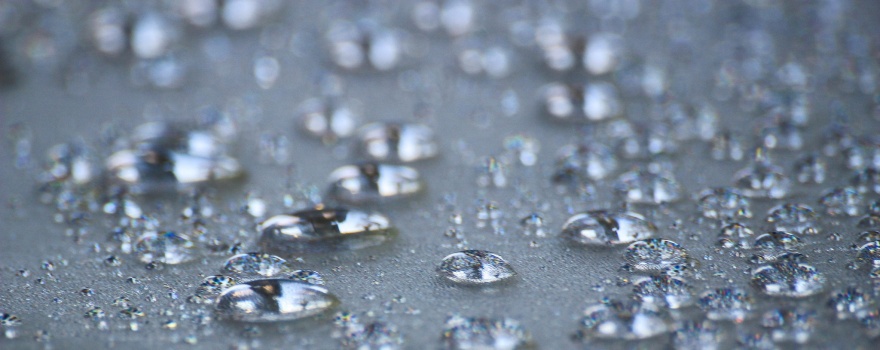Monthly hydrology report prepared by Robert Shibatani
 The latter part of 2019 provided some much-needed precipitation across the State. As of January 1, 2020, total north CVP water storage was about 8.17 million acre-feet or, approximately 71.9% of total north CVP storage capacity. This is about 1.71 MAF more storage than we had on this same date last year. Of the north State “big-4“, Trinity, Shasta, Folsom, New Melones reservoirs, together with Oroville reservoir all have storage well above the 15-year average for those reservoirs. When was the last time we had Trinity, Shasta, New Melones, and Oroville all over 120% of their 15-year averages in early January?
The latter part of 2019 provided some much-needed precipitation across the State. As of January 1, 2020, total north CVP water storage was about 8.17 million acre-feet or, approximately 71.9% of total north CVP storage capacity. This is about 1.71 MAF more storage than we had on this same date last year. Of the north State “big-4“, Trinity, Shasta, Folsom, New Melones reservoirs, together with Oroville reservoir all have storage well above the 15-year average for those reservoirs. When was the last time we had Trinity, Shasta, New Melones, and Oroville all over 120% of their 15-year averages in early January?
Despite what seems like a lot of rain since about the Thanksgiving week, accumulated totals really have not amounted to much. North State and central Sierra Nevada precipitation values to date are still below their long-term averages but have arisen considerably over the Holiday season. The same goes for the upper American River catchment at Blue Canyon, where precipitation totals to date have increased to about 50% of average.
Average snow water equivalents (SWE) across the Northern, Central and Southern Sierra regions were 8.5” 10.1” and 8.9” or, 81%, 94% and 109% of normal for this date. Statewide, based on over 98 stations reporting, average SWE is 9.3” or 94% of normal for this date.
Major river flow contributors to Delta inflow, the Sacramento, Feather, and American are all making releases about 50% higher than their 15-year median for this time of year. The lower American River, for example, is releasing over 2,300 cfs from Nimbus Dam to the lower river, Keswick is releasing almost 5,600 cfs, Oroville is releasing about 2,000 cfs and even Goodwin is releasing over 800 cfs.
Overall, we can say that while the early start to the 2019-2020 WY was conspicuously dry, late autumn and Holiday season storms have helped raise existing carryover, upper basin SWE, and catchment soil moisture cross the Sierra Nevada. The season is still early and storage space has been available in most reservoirs up to their encroachment levels. None of either Trinity, Shasta, New Melones, Folsom have made mandated “spills” to date.
At this point, there is no reason to worry about the State’s water supply storage condition.
Prepared by Robert Shibatani
Robert Shibatani, a physical hydrologist with over 35-years combined academic, legal, consulting and water advisory expertise, is an international expert witness on reservoir-operations, climate change hydrology, commercial flood damage litigation, and water supply development. He is Managing Partner for The SHIBATANI GROUP International, a division of The SHIBATANI GROUP Inc. and resides in Sacramento, California. robert@theshibatanigroup.com
 Sign up for daily email service and you’ll never miss a post!
Sign up for daily email service and you’ll never miss a post!
Sign up for daily emails and get all the Notebook’s aggregated and original water news content delivered to your email box by 9AM. Breaking news alerts, too. Sign me up!


